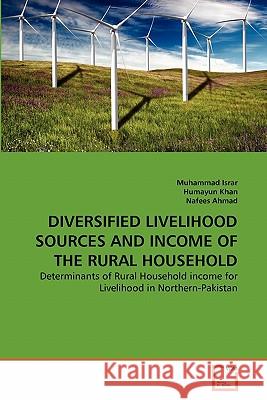Diversified Livelihood Sources and Income of the Rural Household » książka
Diversified Livelihood Sources and Income of the Rural Household
ISBN-13: 9783639353440 / Angielski / Miękka / 2011 / 264 str.
Diverse livelihood strategies have significant socio-economic implication for the livelihood of the rural household. The level and the type of income diversification depend on the accessibility and availability of different income sources.Diversification of livelihood sources was found common and the reasons responsible for this were the adoption of improved verities of maize crop, improved breeds of livestock, high paid non-farm jobs, seasonal nature of agriculture, and surplus agriculture labor.Farm sources of livelihood contributed more to income inequality while the non-farm sources reduce income inequality among the rural household. There is great potential for the development of both farm and non-farm livelihood sources but most of the rural dwellers are not equipped to exploit these livelihood sources and hence forced to live below subsistence level. The potential areas that need investment are; dairy farming, improvement in pasture land, increasing herd size, and most importantly development of non-farm sector, which is always neglected while formulation rural development strategies, needs to be included in the policy debates.











